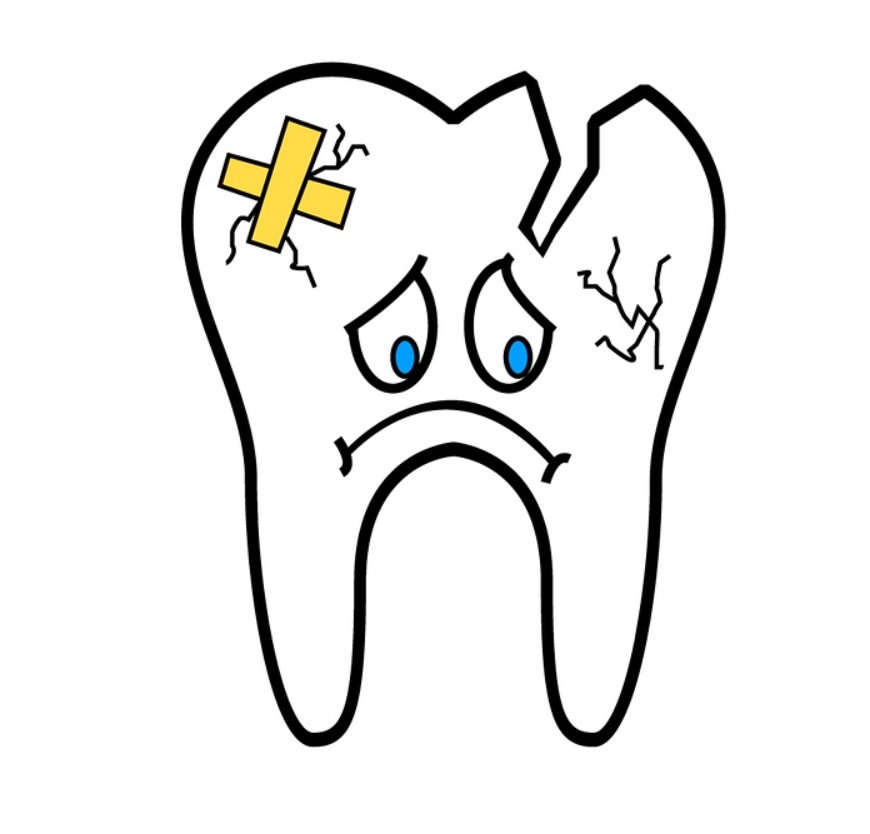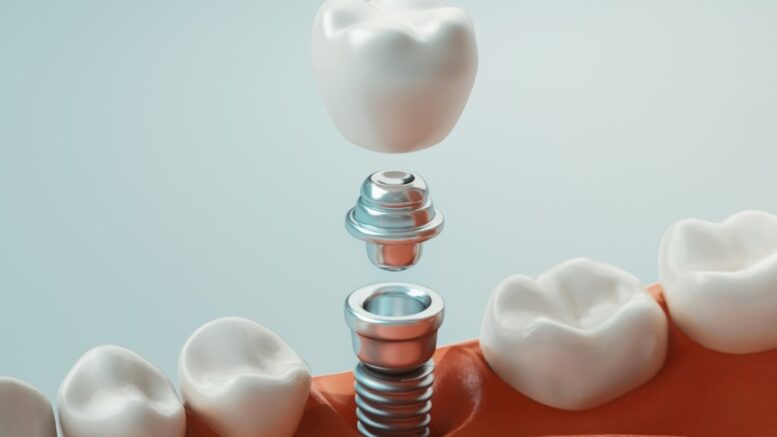The human tooth is a unique piece of anatomical perfection. They come in different shapes to carry out varying functions. Together, the front incisors, premolars, canines and the molars, help the individual to break the ingested food (bolus) into smaller and edible units. These teeth are equally exposed to the chemicals and substances that can damage them, as well as tooth decay when not taken care of after they finish their job. Proper cleansing through brushing, flossing and mouthwashes are recommended to avoid such decays. Know more on what happens when the tooth enamel gives up and its seal is breached by germs to enter deep into the tooth pulp.
Dental infections occur because of poor dental hygiene, dental trauma or genetic defects that weaken the tooth growth severely. In these instances, dental crowns may become useful. They are seated on the defective or the decay treated tooth for solid protection and completing the tooth set. Amongst the vast variety of dental crowns, the closest structures resembling a real tooth are porcelain crowns. A porcelain crown might be built of 100% pure porcelain, or mixed with other ceramic materials to grant one of the toughest protections to the damaged dental structures.
What The Maximum Life of Dental Crowns Is?
The maximum period that dental crowns might last varies depending on their quality, proper seating and maintenance.
- Metal crowns (precious metals): 5-20 years
- Stainless steel crowns: 15-20 years
- All porcelain crowns: 5-15 years
- Veneered porcelain crowns: 10-20 years
- Porcelain fused into metal (PFM) crowns: 10-15 years
- Zirconia crowns: 15- 30 years
- Ceramic crowns: 15-25 years
- Resin crowns: 5-10 years
As you can see, some crown can last for nearly a lifetime, meaning they do not need to be replaced. Not all crowns need urgent replacements. The resin crowns, on the other hand, tend to wear off quickly and have to be replaced on a regular basis. Because of this, they’re preferred for short term caps only. For longer periods and permanent tooth restorations, the crown materials that are preferred are those with the highest durability such as the zirconia ones.

Can a crown be replaced?
A dental crown is definitely replaceable. But what are th reasons these implants need to be replaced? This usually occur when:
- The crown is damaged, cracked, discoloured or chipped
- A temporary crown could be removed to place a permanent crown
- The already seated crown is posing friction to the opposite tooth and a more suitable crown needs to take its place
- The crown is mobile due to improper seating, ill-set crown position which rarely occurs
- The dental decay has somehow reached the tooth pulp and the already existing crown has to be removed by the endodontist to reach the tooth pulp. Usually this hardly ever occurs as the tooth decay is completely taken care of, and then only the tooth is shaped to be crowned.
Among the various crowns, the porcelain tooth crown appears to look exactly the same as a real tooth. Thanks to their off-white colour is no natural that it’s nearly impossible to tell if there has been some modification in the oral cavity.
The porcelain dental crowns could be all porcelain, or mixed with other ceramic materials to add strength to the crown structure. The same porcelain layer could be found over the metal casing in porcelain veneers. These Porcelain Fused into Metals (PFM) are ideal dental implants that are both robust and naturally-looking. Since the porcelain crowns are not indestructible, it is important to follow the directions given by the dentist, to keep the crown as well as the teeth in healthy conditions. For instance, cleaning the diastema, and making healthy food choices will not only affect the crown but will also ensure the wellness of the other teeth.
Is Crown Replacement Necessary?
It is normal to replace the crown if there is any glitch in the arrangement. After all, the crowns are installed to improve the dental conditions of a patient. Crown replacement becomes necessary only in critical conditions, and the same implant is rarely reused. A fresh tooth cap is used to prevent infections and keep future crown failures at bay. Minute cracks and discoloration of the crown surface are another sign that the implant needs to be replaced. Crowning is a simple procedure compared to the complexity of teeth removal for dental implants, and the weeks of pain that will follow.
Today, a porcelain crown costs $600-$3000 per teeth set. This range varies according to the complications addressed and the amount of decay to be taken care of (e.g., whether it is concentrated on a single tooth or goes to the deeper levels of the tooth structure). It also depends on whether there are multiple tooth lesions and the crowns must address for several of them. Multiple caries due to spread of the decay from one tooth to another could be time consuming to treat. Until a personalized implant is built to maximize comfort, a temporary crown could be of great help. This is usually built of dental-grade stainless steel.
The porcelain dental crown must be prepared with great care as it is made of a brittle substance that can break when an uneven force is applied. Because of this, molars are usually capped with metal crowns only, while only porcelain crowns cap the front teeth as they needs to be aesthetically appealing. However, many clients wish to have uniformity and thus choose the porcelain crowns for molars as well. They are cheaper than zirconia and other dental crowns that cost a lot more. But with cost comes quality and assurance too. The best porcelain crowns may last for roughly 8-15 years. Metal fusion, ceramic mixture and all porcelain are the different types to consider.
Conclusion
A dental crown is not an indestructible object. On average, they last between five to fifteen years. The protection of a dental crown is necessary in case of dental caries, extending the life of the weak tooth. Dental crowns are truly built to defend the weaker teeth from further vandalization caused by the germ action.
